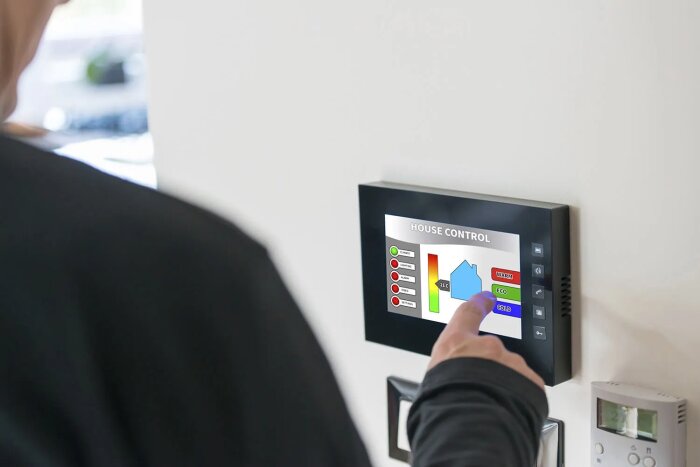As a general rule, before opting for any IoT network, you first need to ask yourself what you really want to achieve by connecting your objects? As a result, your connectivity needs will differ depending on what your intended use is.
El Hassan Cherqi
The Internet of Things (IoT) is an extension of the Internet towards more concrete objects instead of being limited to the virtual world.
These days we hear more and more about the Internet of Things and its impressive growth. Owners, operators and suppliers of complex objects are seeking through IoT to improve their operational performance, increase customer satisfaction, extend product life and better understand their business.
But first of all we need to ask ourselves the following question:
Which network should I choose to connect these objects?
Connecting objects means using a variety of connectivity networks that will be exploited differently depending on the volumes of data to be processed, the environment, the information to be collected, the area to be covered and the object itself. If we take the example of a connected meter, it will certainly not have the same communication needs as a connected camera.
Which network should we choose in the complex world of the Internet of Things? Low-speed networks, operated networks, private networks, cellular networks or LPWAN…
LPWAN (Low Power Wide Area Network) networks have just appeared to satisfy the need of Connected Objects, in this category there are two pioneers who are totally dedicated to IoT: Sigfox and LoRa
Sigfox and LoRa rely on recent technologies, based on Ultra Narrow Band (UNB). Their objective is to move relatively small data flows over large distances to meet the needs of sensors.
Sigfox, a French start-up, is rolling out its own network, with a proprietary protocol. Sigfox’s main assets include guaranteed compatibility of its network with objects containing a Sigfox chip as well as network interoperability facilities between each covered country (no roaming to manage), which allow any new partner to deploy rapidly and easily deployed, while offering them effective control of their network. In the dedicated LPWAN category, Sigfox is slightly ahead of its competitors in terms of worldwide deployment.
LoRa, or more accurately LoRaWan, is based on LoRa modulation technology. Founded by the American company “Semtech”, the LoRa Alliance brings together numerous operators and manufacturers with the objective of promoting networks compatible with this modulation technique. LoRa is open to all members of the alliance, i.e. an object that can connect to a LoRa network can technically connect to another LoRa network (change from one operator to another for commercial reasons, or benefit from roaming agreements offered by alliance members).
As for cellular networks, they have not yet had their last word in the world of IOT. With 3G, then 4G, we have seen data speeds much higher than LPWAN networks can provide. Objects equipped with M2M (Machine to Machine) SIM cards thus have the ability to collect and transmit large volumes of data. This is an important advantage in certain business applications such as remote monitoring or industrial equipment maintenance. However, operators have also begun to offer 3GPP IoT networks using LTE Cat-M1, NB-IoT and EC-GSM-IoT technologies, and the upcoming availability of LPWAN cellular networks using these technologies will quickly be competing at the heart of the ecosystem.
So what are the criteria for choosing the right network to use?
4 selection criteria
The first consideration is the volume of data to be uploaded to the processing or analysis platforms. The handful of bytes returned by a water sensor, for example, are well suited for LoRa or Sigfox. Video streams, or applications requiring “alerters”, in other words the sending of commands to connected objects, need for the time being at least to use GSM.
GSM can also cover basic needs, but involves a SIM card, or nowadays the equivalent chipset, on each connected object. This involves a higher price than the chips used for LoRa or Sigfox.
Another factor is the coverage available when the solution relies on an operator’s network of antennas. In France, Bouygues Télécom, through its subsidiary IoT Objenious, has thousands of mesh antennas throughout the country. Orange is now busy deploying its Lora network in France.
For its part, Sigfox is focusing on the international market.
Safety is also important and depends on the specific type of use.
To date, no global standard is being used by all actors. For its part, Sigfox is focusing on the international market.
Security is also important and depends on the specific type of use. To date, no global standard is being used by all actors. However, technical standards do exist and some operators include protections as part of their offers.
As a general rule, before opting for any IoT network, you first need to ask yourself what you really want to achieve by connecting your objects? As a result, your connectivity needs will differ depending on what your intended use is.
Finally, one thing is certain: IoT will soon affect all areas of business and will certainly steer us towards a more intelligent world.





